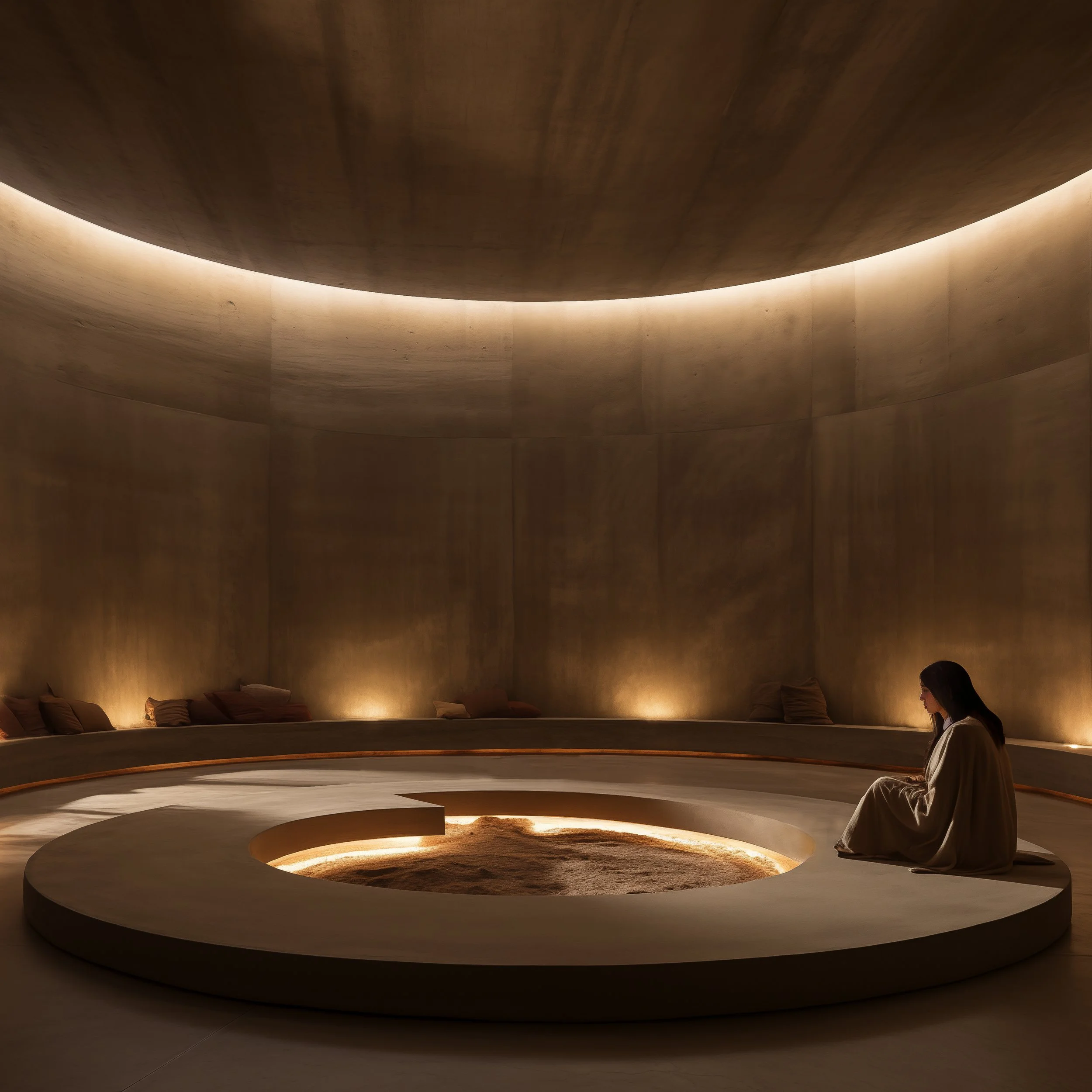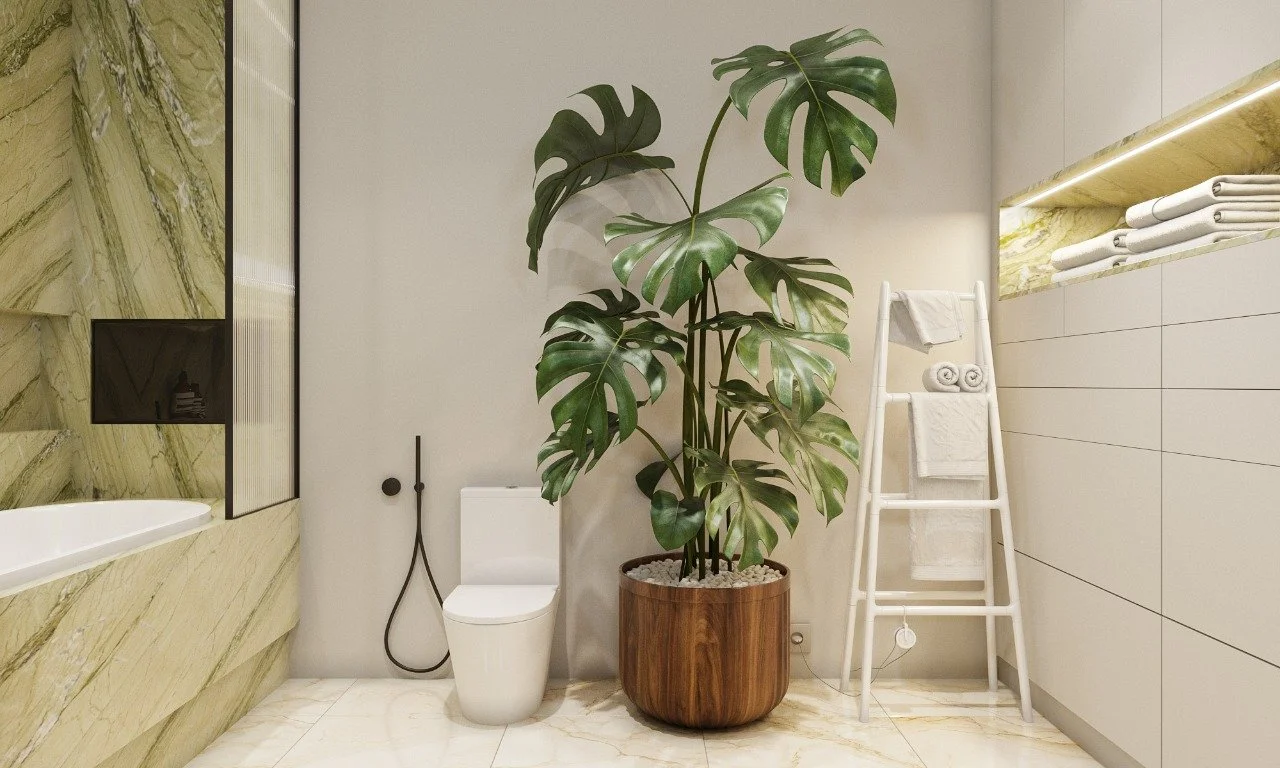Wellness interior design for future
In 2025, wellness is no longer a whisper—it’s a cultural language reshaping not only how we live, but how we travel, work, heal, and design our spaces. As spa design and wellness interior design evolve beyond aesthetics, we’re seeing the emergence of nuanced trends that cater to emotional, physiological, and social wellbeing. From silent spas to spa-clinic hybrids, the future of wellness spaces is richly layered, intuitively curated, and driven by our deepest human needs.
‘Dopamine rehab’ - a design concept we created for digital detox destination
Digital Detox Retreats These spaces aren’t just tech-free—they are sanctuaries for nervous system repair. As burnout and overstimulation become chronic conditions of modern life, wellness clinics and hospitality destinations are responding with programming centered around nature immersion, slow sensory design, analog rituals, and restorative stillness. We see this shift mirrored in the popularity of silent spas and wellness retreats where the absence of noise becomes the ultimate luxury. The design of these spaces—calming palettes, tactile materials, and acoustically optimized architecture—places wellness interior design at the forefront of healing.
Beauty Cafes A playful trend at the intersection of beauty, nutrition, and social space: Beauty cafes are hybrid environments fusing spa clinic design with functional food and beverage. Offering IV drips, skin diagnostics, and adaptogen-laced matcha lattes under one roof, they reflect the growing “beauty from within” philosophy. These concepts resonate with Gen Z and millennial travelers who view wellness as both lifestyle and social identity. Architecturally, they blend medical wellness clinic efficiency with calming hospitality aesthetics.
below - Beauty cafe concept that combines tailored-to-heal drinks, a cosmetic store, and an esthetician room
Spa-Clinic Hybrid Models Integrative spaces that offer not just cosmetic or relaxation treatments but full-spectrum care: hormonal diagnostics, longevity testing, regenerative therapies, and nutrition counseling. Often led by clinicians and educators, these hybrids combine spa sensibilities with clinical precision. From a spa clinic design perspective, they challenge traditional planning—merging soft, welcoming wellness interiors with the functionality and hygiene of medical spaces.
Silent Spas and Social Wellness Clubs Two seemingly opposing but deeply complementary models. Silent spas cater to solitude-seekers and introverts craving undisturbed rituals, while social wellness clubs energize through community rituals, guided sessions, and curated wellness events. Both require nuanced wellness interior design—private thermal zones and hammams for the former, open communal lounges and event spaces for the latter.
‘Silent retreat’ facility designed by Nataly Karavay Design
Agrihood Travel and Farm-Integrated Living Not your average retreat, these destinations invite guests into regenerative ecosystems where they harvest food, take part in earth-based rituals, and recalibrate their rhythms. For wellness clinics, spas, and hospitality designers, this demands a design ethos rooted in biophilia, ecological sensitivity, and spatial storytelling. Imagine treatment rooms overlooking farmland, soil-to-table communal kitchens, and clay-plastered guest suites that honor locality and healing.
Wellness Real Estate Wellness real estate is no longer niche. It spans from luxury resorts to student housing, co-living communities, and senior residences. With WELL and Fitwel certifications gaining ground, features like circadian lighting, advanced air purification, and acoustic control are now expected. The principles of spa design are being scaled to entire neighborhoods, where every square meter promotes health.
below - Lodge in the woods, Bali lodgeinthewoods.com
Spa-Inspired Homes Post-pandemic homeowners are no longer seeking just smart features—they want sanctuaries. Spa-inspired homes bring wellness interior design into everyday living: steam showers, aromatherapy, ergonomic kitchens, sensory-focused bedrooms. The home becomes a personal wellness clinic, a mini-spa in which rituals and recovery become part of daily life.
What all these trends share is a departure from the transactional and a return to the transformational. Whether we’re designing a destination spa, a beauty-forward wellness café, or a multi-functional medical wellness clinic, the call is clear: people want spaces that don’t just look good, but feel good, heal well, and combine functions.
And it is through this lens—where wellness interior design becomes a vehicle for profound wellbeing—that the future of spa, hospitality, and health spaces will unfold.
below - our residential wellness interior design projects
WELLNESS IN SPACES - WELLNESS DURING THE PROCESS





















